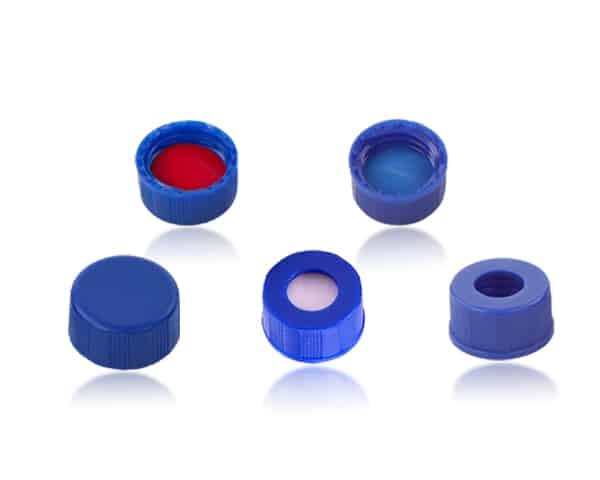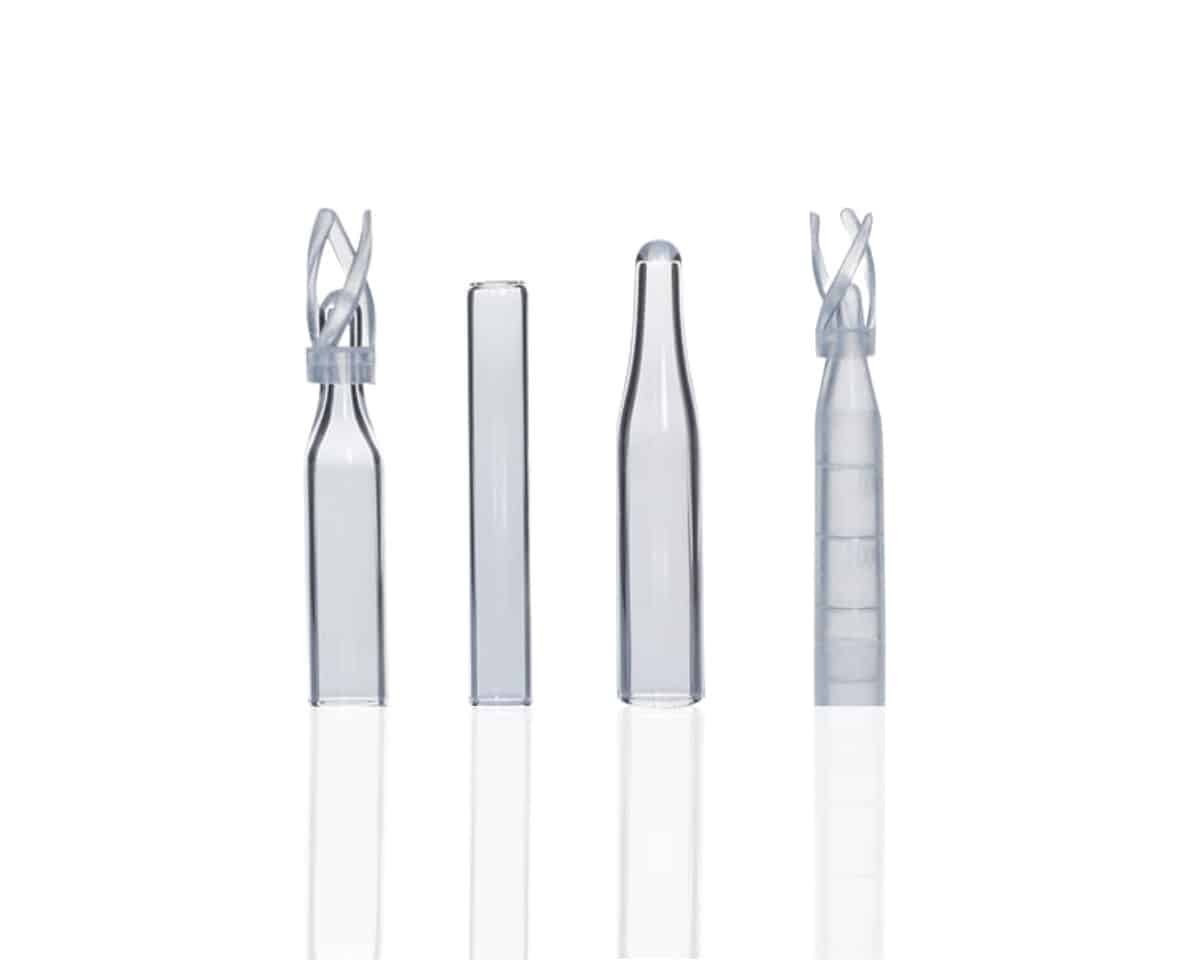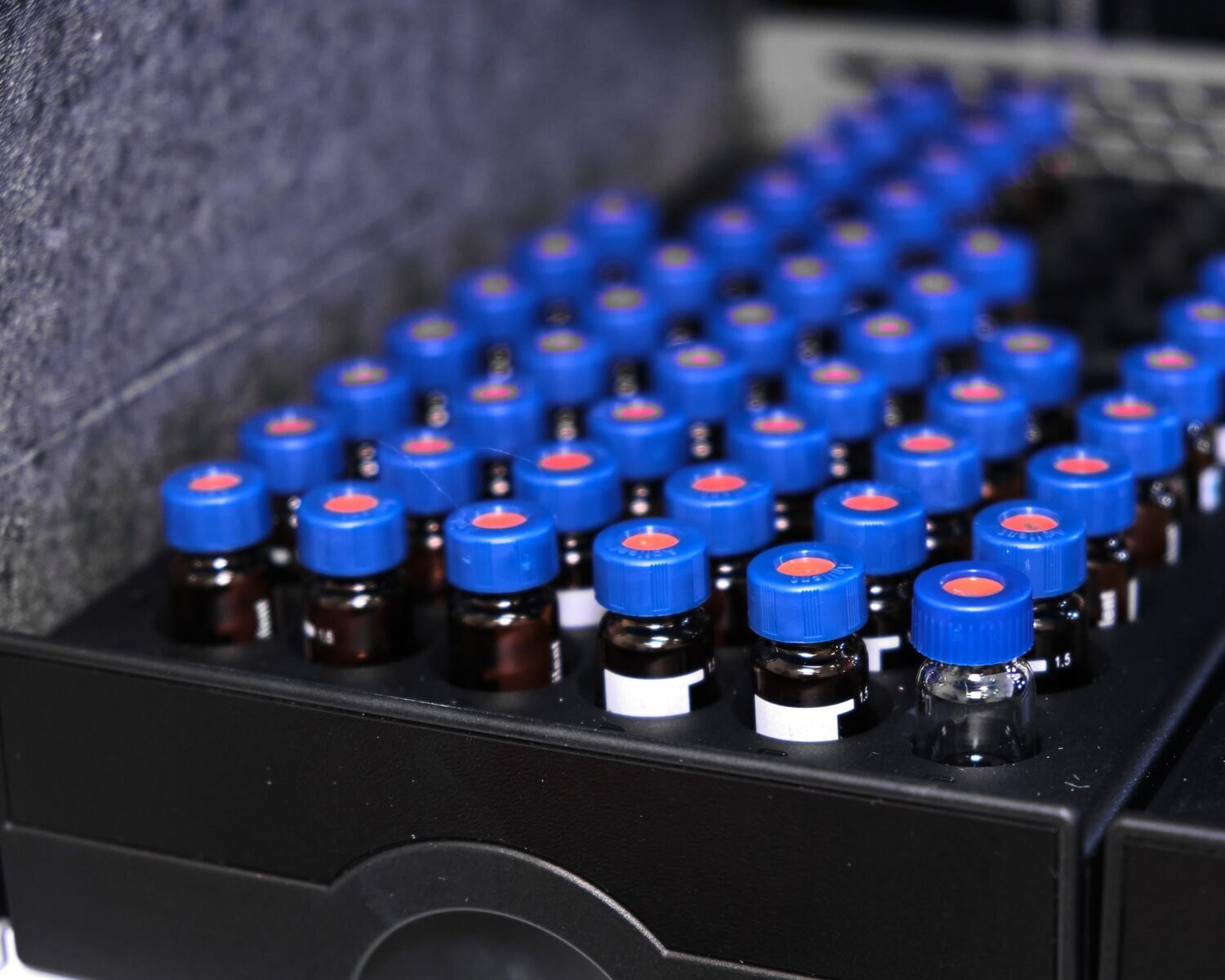There is a lot of information out on the web. It can feel overwhelming at first. There’s enough research to fill a whole library. But, we’re here to help you navigate through it all.
In this article, we will tackle all the important data that you’ll need. Focusing on the five main chromatography types. As well as their application, tools, and key research.
Let’s dive right in.
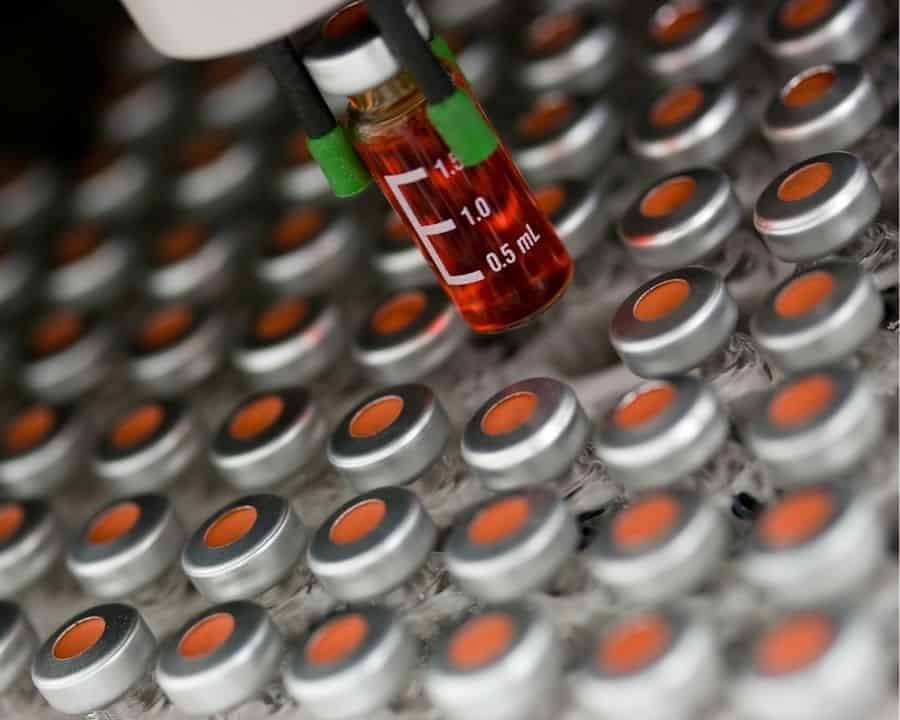

What is Chromatography?
It is the separation of components from a chemical mixture.
Liquid or gas transport the mixture.
The solutes’ differential distribution results flow around or over a stationary liquid or solid phase.
In layman’s terms:
Chromatography is “color writing”. Meaning the science of separating mixtures. Derived from the Greek chroma “color” and graph “to write.”, Kid Minds explains.
So one can use different substances (gas or liquid) to carry the color. Also, different tints help to find out combined pigments that generated the sample.
High-Performance Liquid Chromatography
We will use the abbreviation of the High-Performance Liquid Chromatography, which is HPLC.
HPLC is very important during drug production. Thanks to its ability to determine the plasma levels of drugs and their metabolites.
How does it work?
HPLC is an analytical chemistry technique. It separates, identifies, and quantifies each component in a mixture.
HPLC relies on pumps. Pumps move a pressured liquid solvent containing the sample combination. That action is going through a solid adsorbent material-filled column.
Each component interacts with the adsorbent material in a different way. That results in varying flow rates and separation of the elements as they flow out of the column.
Instruments
Components used in HPLC:
- Solvent reservoir – it holds the solvent. Often referred to as the mobile phase because of the movement.
- High-pressure pump – generating a specified flow of the mobile phase.
- Column – handles the separation of the sample components.
- Injector system – It introduces the solvent into a phase stream. (Phase stream carries the sample into the high-pressure column).
- Detector – separates compound bands as they elute from the high-pressure column.
Applications of the HPLC
Scientists use HPLC in many fields. For example:
- Manufacturing
- Legal
- Research
- Medical
HPLC is an excellent way of ensuring purity. Scientists use HPLC in the pharmaceutical industry, a.k.a manufacturing.
Combined with mass spectrometry, it detects a variety of agents. Such as doping agents, opioids, and ketamine. Researchers use it for their work as well.
In the medicinal field, HPLC includes drug and nutrient analysis.
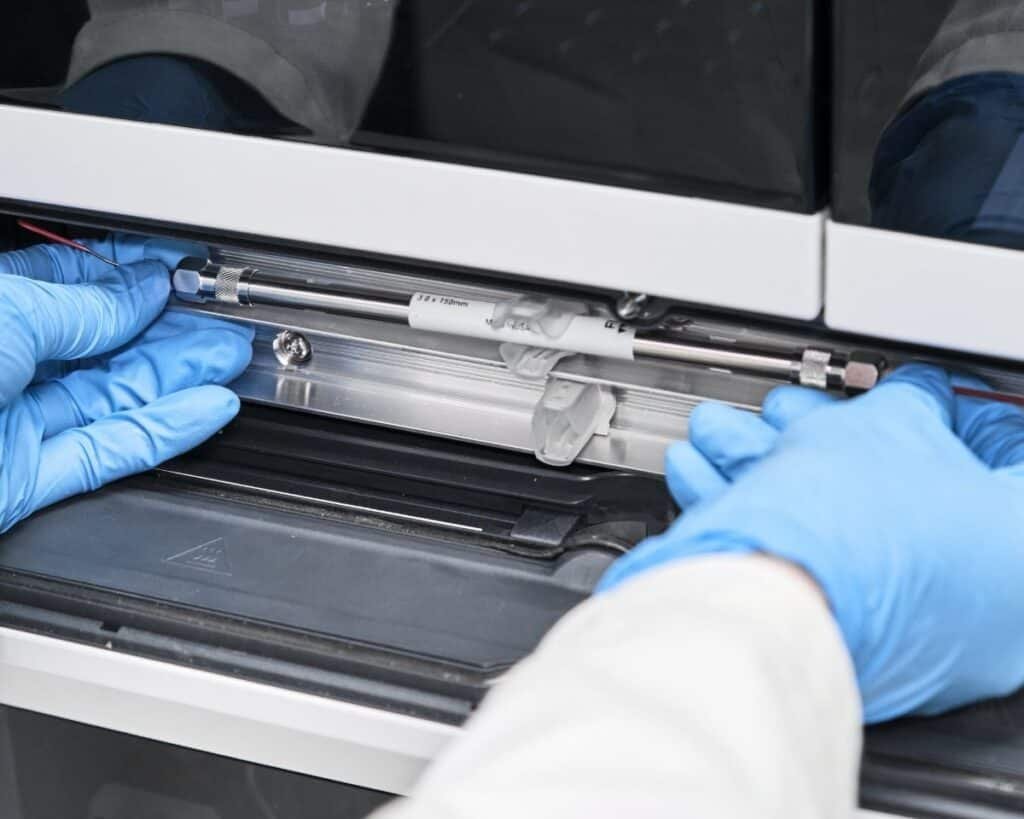

Gas Chromatography
We will use the abbreviation of Gas Chromatography, GC.
GC is one of the most significant instruments in chemistry. Because of its simplicity, sensitivity, and efficacy in isolating components of mixtures.
What is it?
GC is a technique that separates the chemical components of mixtures. It then determines the mixture’s presence or absence and how much is present.
Chemical components are almost always organic molecules or gases.
For successful analysis of GC, components need to be volatile. They also need to be thermally stable not to demean the GC system.
Other names for GC are:
– Vapor-phase (VPC)
– Gas-liquid partition (GLPC)
How does it work?
GC uses a carrier gas to handle the separation. It’s called a mobile phase. The carrier gas transports the molecules through the GC system. Thus, it should not damage the instrument components or react with the sample.
Instruments
Components which GC uses are:
- Sample injection – it’s used to inject the sample for the analysis in GC.
- Carrier gas – is a mobile phase that runs in columns. It must be pure and equipped with a molecular sieve. To remove moisture and other contaminants that may be present.
- Column – made of stainless steel, and it’s a stationary phase. Its place is in the oven. Injected sample travels with the carrier gas through the column.
- Detectors – measures the quantity of the components in the sample.
Application of the GC
Everyday uses of the GC are immense. For example:
- Forensic testing
- Food testing
- Beverage testing
- Drug testing
- Creating vaccines
Researchers and scientists find out which antibodies neutralize diseases and viruses. A.k.a Creating vaccines.
GC tests whether beef is beef or mixed with something else when testing food. It’s the same when testing in the beverage, for example, making sure that each bottle is the same.
In forensics, agents use GC to test blood samples and catch criminals with its help.
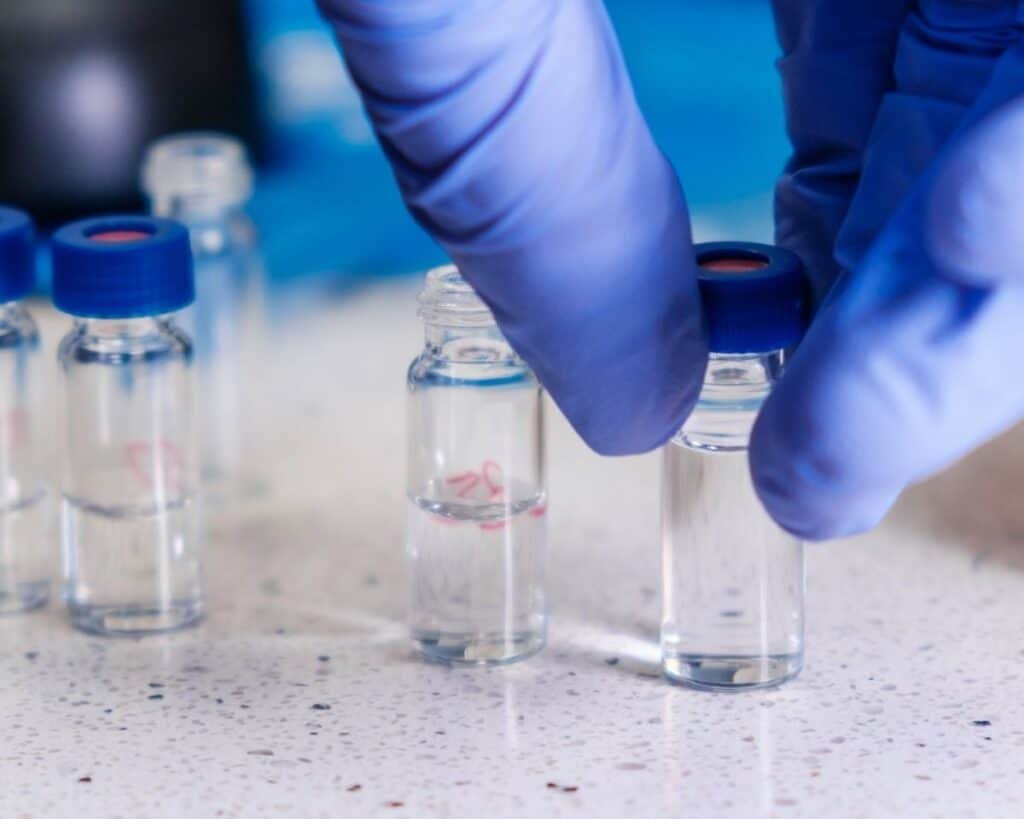

Paper Chromatography
We will use the abbreviation of Paper Chromatography, which is PC.
Fun fact about PC: It is one of the most common types today!
What is PC?
PC is a technique for separating chemicals or substances. It’s used as a teaching tool today since other laboratory methods exist. So, PC is a cheap yet powerful analytical tool.
How does it work?
PC is one of the methods for determining the purity of chemicals. As well as identifying substances.
In PC, substances distribute between stationary and mobile phases. Water trapped between the cellulose strands of the paper forms the stationary phase. The mobile phase is a developing solution that climbs up the stationary phase. While transporting the samples.
Instruments
- Stationary phase & papers – paper made of highly purified cellulose
- Mobile phase – Employing pure solvents, buffer solutions, and solvent mixtures.
- Developing Chamber – made of glass, plastic, or stainless steel. Available in various sizes. Solvent vapor saturates it.
- Detecting or Visualizing agents – colored components equals simplified analysis. When pieces are colorless, you will spray them with color-reducing reagents.
Application of the PC
- Control of pharmaceutical purity
- Detection of contaminants
- Contaminants in food and drinks
- Detection of drugs in humans and animals, etc.
Aside from the applications listed above, the PC shows in various settings.
For example, in the cosmetic industry. Even analyzing food colors in drinks and foods like jams. So, this method will ensure the customers are eating edible colors.
Mass Spectrometry Chromatography
Mass Spectrometry Chromatography has major advantages. One of them is the capacity to study many molecules. Regardless of whether they are from the same structural family or not
There are two types of mass spectrometry:
- Liquid chromatography-mass spectrometry (LC-MS)
- Gas Chromatography-Mass Spectrometry (GC-MS)
LC-MS is an analytical technique. It combines HPLC’s physical separation capabilities and mass spectrometry analysis capabilities.
GC-MS is an analytical method. It identifies different chemicals within a test sample. It combines the properties of GC and MS.
Also, there are six general types of mass analyzers:
- Quadrupole Mass Analyzer
- Time of Flight Mass Analyzer
- Magnetic Sector Mass Analyzer
- Electrostatic Sector Mass Analyzer
- Quadrupole Ion Trap Mass Analyzers
- Ion Cyclotron Resonance
Find all the info on mass analyzers on Chemistry LibreTexts.
Where is mass spectrometry used?
- Proteomics
- Metabolomics
- Environmental analysis
- Pharmaceutical analysis
- Forensic analysis
- Medicinal
These are some of the applications of mass spectrometry.
The first application is Proteomics. Which describes the characterization of a protein and its complexes and sequencing peptides.
Also used in metabolomics and cancer screening and diagnosis. As well as global metabolic fingerprinting analysis, and biomarker identification.
For environmental analysis, there are water testings, pesticides, carbon dioxide, pollution monitoring, etc.
Mass spectrometry helps with drug discovery, absorption, and abuse detection. ceutical and forensics. Except that, we have distribution, metabolism, and pharmaceutical applications. And for forensics, there is the analysis of trace evidence, arson investigation, etc.
For clinical mass spectrometry, the applications are clinical drug development. As well as clinical tests, disease screenings, etc.
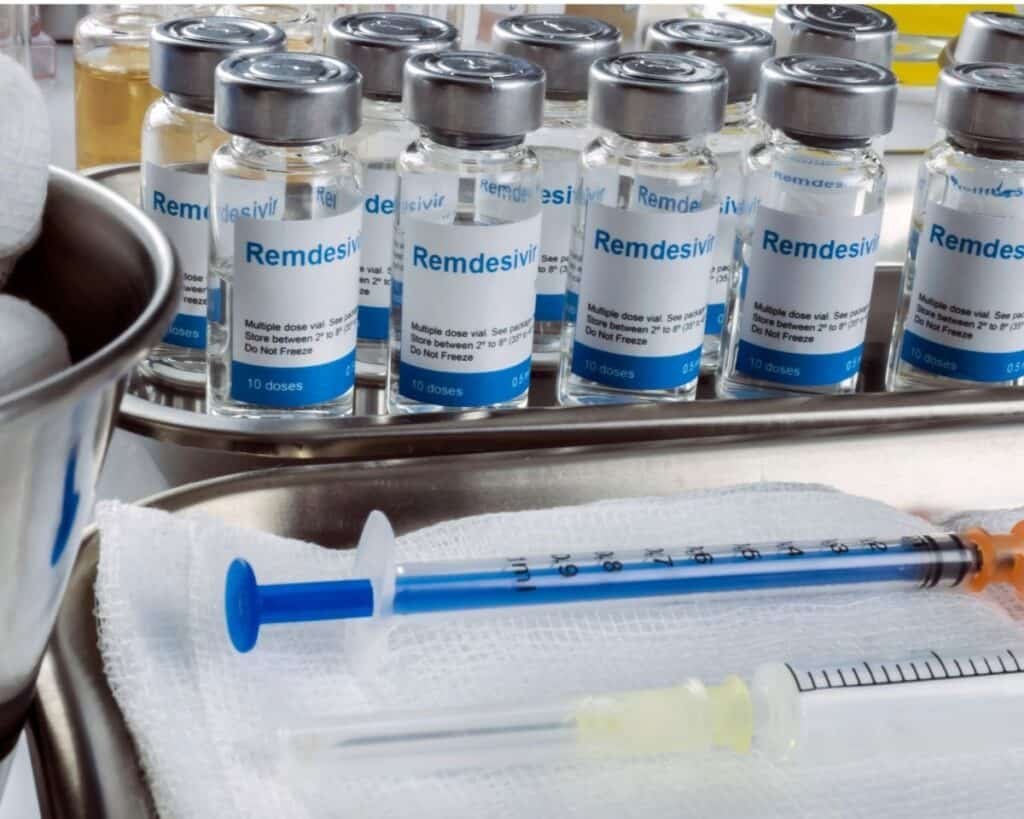

Thin-Layer Chromatography
We will use the abbreviation of Thin-Layer Chromatography, TLC.
TLC process is like the paper-based one. But it has quite a few advantages. Such as faster runs, better separations, and the choice between different stationary phases
What is TLC?
It is an affinity-based laboratory method. Scientists use it to separate the compounds in the mixture.
It is a highly-flexible method. Used both for qualitative and quantitative sample analysis.
How does it work?
In TLC, there are two main parts: a thin adsorbent material layer and an inert plate surface. The first is usually silica gel or aluminum oxide. Whilst the second is usually glass, plastic, or aluminum.
Spot the material on one end of the TLC plate and put it in an organic solvent-filled chamber (mobile phase).
Instruments
These are the instruments used in TLC analysis.
- Stationary phase
- Mobile Phase
- TLC plate
- Forceps, pencil, and ruler
- Filter paper
- Micropipette
- Developing container’ – chamber/ jar/ glass beaker
- Analyte
- Detecting and visualizing agents
Applications
There are a lot of applications of the TLC.
Here are some of them!
– Identification and quantification of colors. As well as components, preservatives, and sweetening agents in food and cosmetic items
– Analysis of drug residues and antibiotics in food and environmental samples
– Pharmaceutical formulation quality control and purity testing
– Rapid, high-throughput screening before HPLC
– Checking for completion of chemical reactions
Conclusion
Chromatography is something we could write about for days or even months. Each type has its reason to be, instrumentation, methods, etc.
To master the knowledge, use this as a starting point, and build it up from there!




